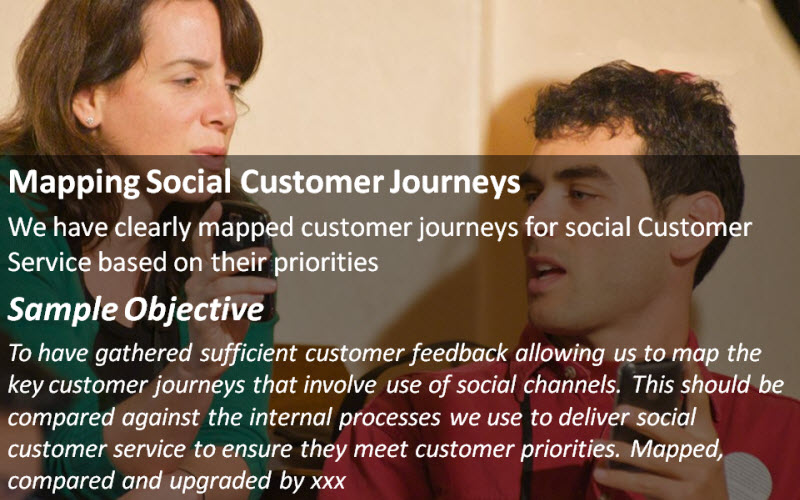
In this competitive era of differentiated customer experience, it should go without saying that service experiences are only designed after in depth understanding of why and how customers are using social channels and what matters to them.
Although the overall journey is most important to understand, expectations will also vary according to channel. Think Twitter versus peer to peer support for example. Regular reviews on how customers are evolving in their use also make sense in this fast developing customer behaviour. For instance, think about the recent rise of Instagram as a service channel.
Some journeys will be single channel experiences. Others part of a channel mix. The customer’s task, situation and personal communication preferences will all influence those choices.
This outside-in view is crucial because many service operations still prefer to organise their resourcing and skilling strategies around channels rather than journeys. So social is seen as a specialism in its own silo as is chat, voice etc. However you choose to organise things bear in mind that consistency of service (across channel/time) remains a key driver of customer satisfaction.
Finally, beware the instinct to always shift conversations to private channels. Do so only when there is a legitimate privacy issue. Research says customers stop engaging when treated in this way.
Customer journeys are an important way of identifying what matters to customers and the role that social interaction plays in the overall customer task.
Other competencies in the framework for social customer service excellence can be accessed in ‘Related Content’.




